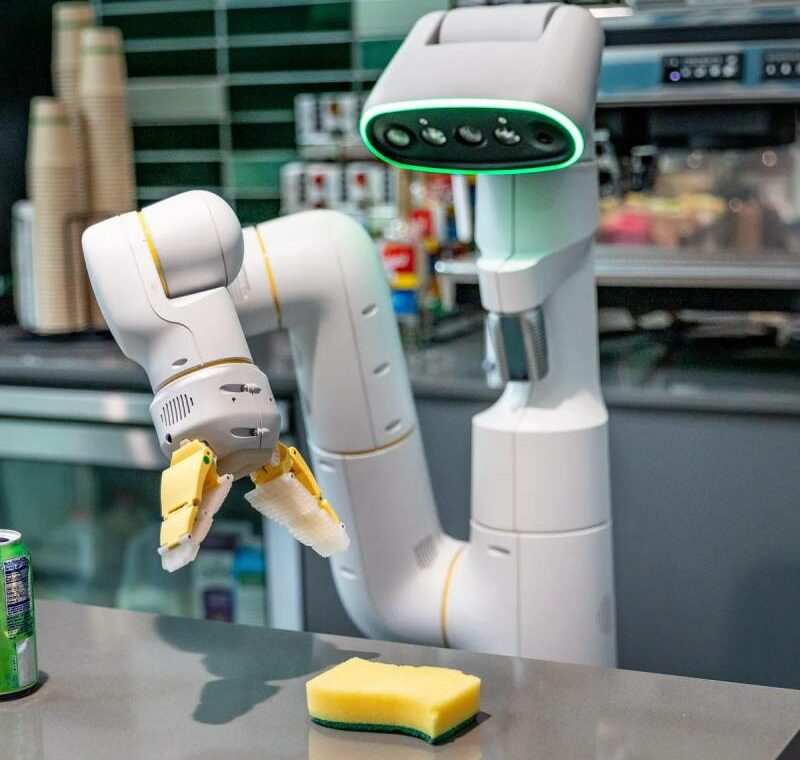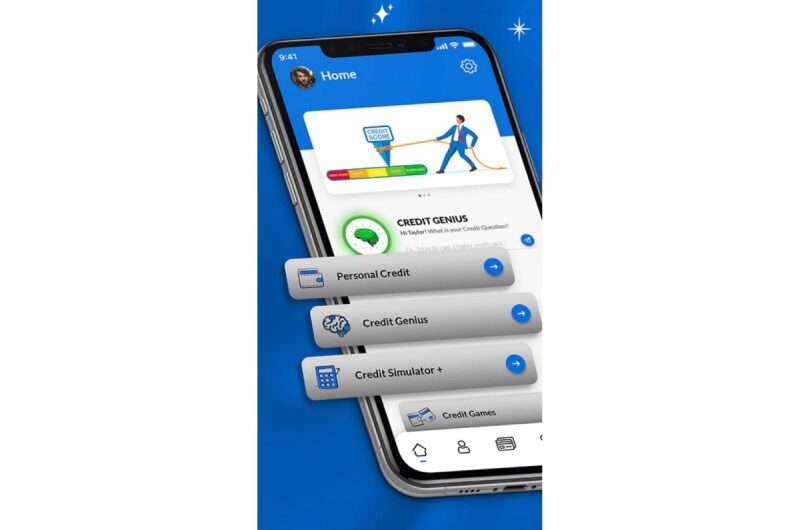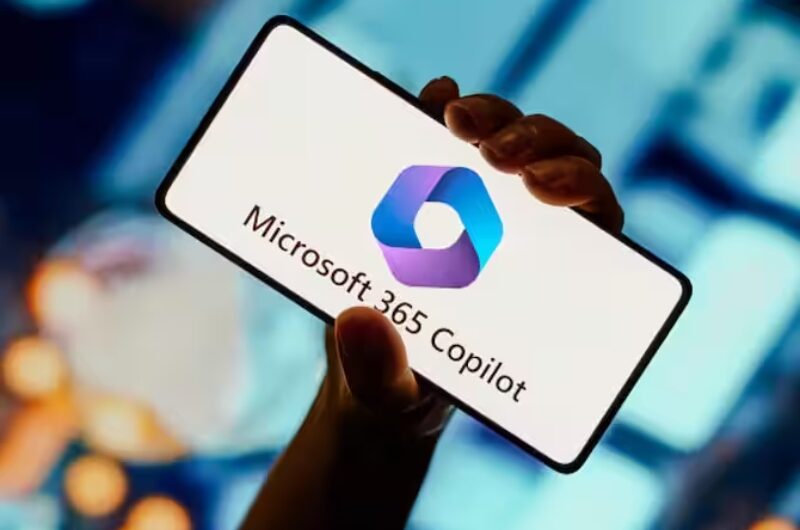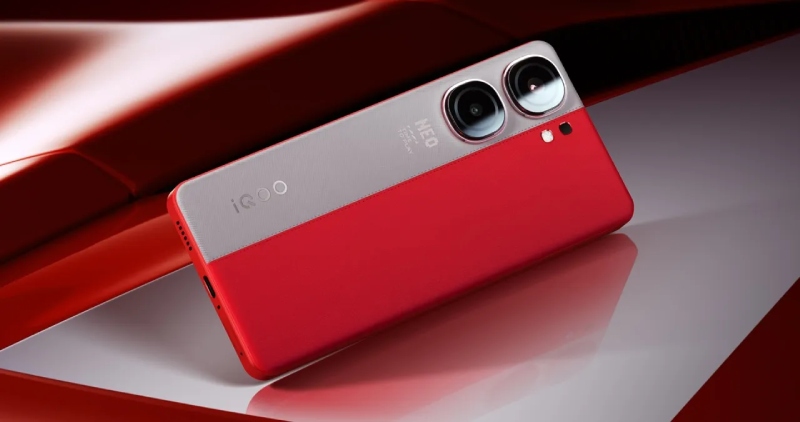Google is attempting to make the futuristic ideal of dependable robot interactions with humans a little bit more attainable. Science fiction books frequently feature such robots. Engineers from Mountain View have created a new AI model that aids robotics in comprehending and carrying out human-safe tasks.
Robotics Transformer 2, also known as RT-2, is referred to by Google as a vision-language-action (VLA) model. With the use of text and visual data gathered from the internet, the new AI model was trained to produce “robotic actions.” Generic AI-based chatbots, on the other hand, are made to produce text fragments that develop ideas and concepts.
RT-2 was created by the DeepMind team at Google to convert web information into robotic control. Robots, unlike chatbots, need to be grounded in the actual world in order to be useful to people. Google admits that accomplishing this has always required an enormous amount of work because robots must manage intricate, abstract jobs in unpredictable contexts.
Compared to training large language models (LLM) for chatbots, training models like RT-2 is a far more difficult task. Google claims that a robot’s knowledge should go beyond just understanding what an apple is. It must be able to distinguish an apple from a red ball in a given situation, identify how to pick it up, and perform a variety of related activities.
It has historically required billions of data points about the actual environment to train functional “real-life” robots. But RT-2 adds a fresh, more effective strategy. With only a little quantity of robot training data, RT-2 may build a single model capable of “complex reasoning” by leveraging RT-1’s ability to generalize information across systems. This more relaxed method represents a significant development in robot training techniques.
Google states that RT-2 can transfer information from a vast corpus of web data and manage complex scenarios and demands made by humans, such as getting rid of a “piece of trash.” Even without explicit programming for that particular activity, the AI is able to understand the concept of “trash” and dispose of it. This skill demonstrates the model’s ability to pick up new skills and carry out tasks after receiving initial training.
Over 6,000 “robotic trials” of the RT-2 model were run by Google engineers. The models’ performance in tasks based on the training data was comparable to that of the RT-1 model. However, in unique, unexpected settings, RT-2 performed noticeably better, tripling its 32-percent completion rate to an astonishing 62-percent. The model’s capabilities are significantly increased by its improved capacity to adapt in new circumstances.
Google claims that RT-2 is an example of how generative AI and LLM technological improvements are quickly influencing robotics and holding significant promise for more useful and adaptable general-purpose robots. The DeepMind team is upbeat about the future despite the fact that there is still more work to be done.
Topics #AI Model #Artificial intelligence #Google #robots











